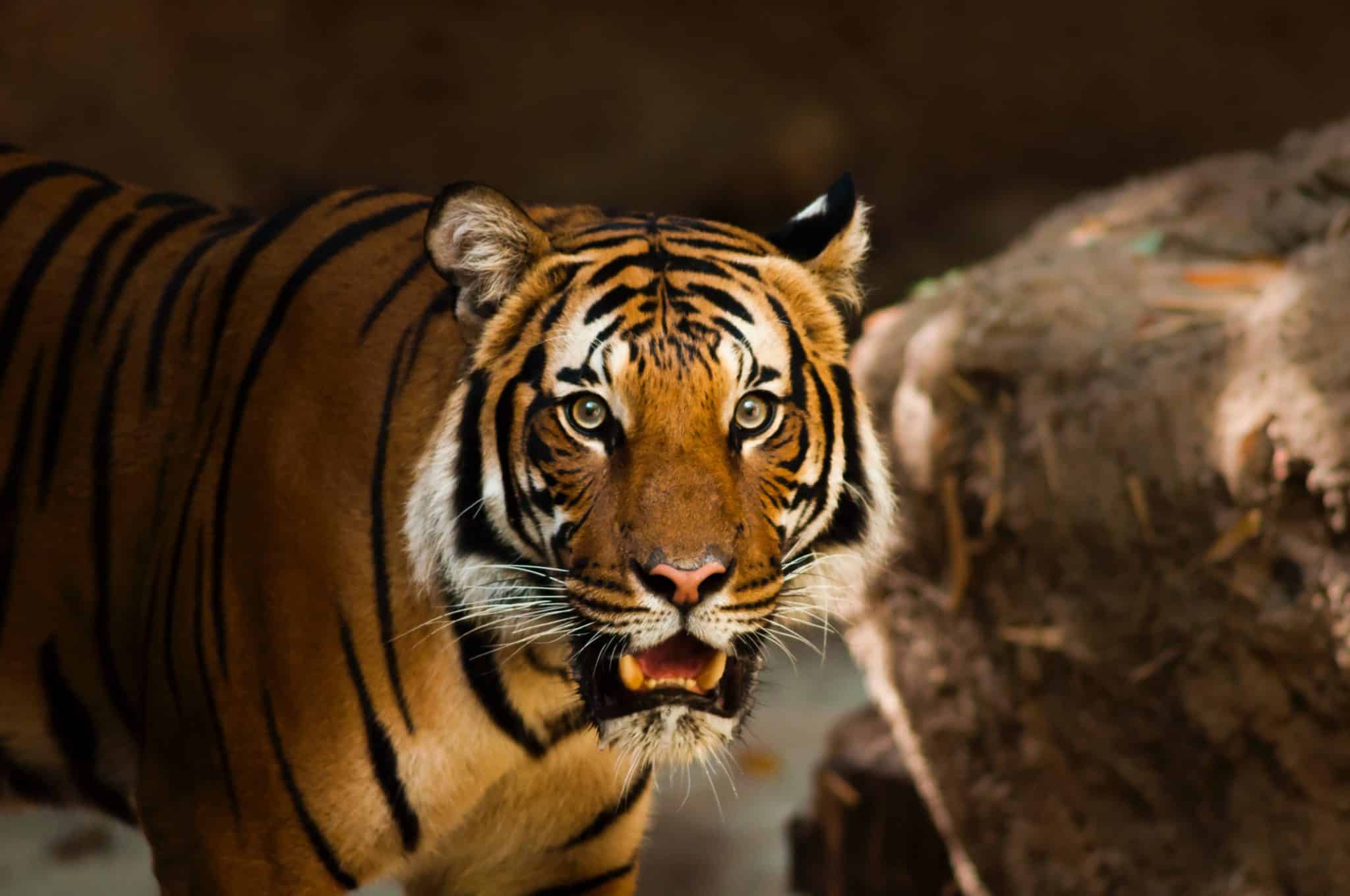What a cats eyes show us about vision and stress and what you can do to relax.

What a cats eyes show us about vision and stress and what you can do to relax.
Have you ever wondered how looking at the horizon makes you feel relaxed?
You know those times when you’re watching the sunset, or you’re sitting staring outside the window across the landscape on a bus or train. Why is it that you start to feel sleepy, and time perception seems to alter?
Could it just be the power of nature?
Well, yes, nature is a powerful relaxant. However, there’s more to it, something more unique and less well known that alters your level of arousal unconsciously, and that thing lies within your eyes.
Whether it’s narrow or wide, your focus or vision plays a role in raising your alertness or bringing you down to a state of deep calm.
Have you ever seen a cat when it sees a mouse run along the floor or a bird fly past in the sky?
That cat’s predator instinct is activated. What is the one thing that you notice?
The cat’s eyes lock on its target without a blink or letting it go out of sight. This action increases brain chemicals such as epinephrine, dopamine, and acetylcholine, which are the chemicals released for focus, attention, and the stress response. This process, in turn, increases arousal levels into that fight or flight state, priming the body for movement. However, we are no longer out in the wild and therefore, could this evolutionary biological process now be damaging to our health?
The mobile phone is designed in such a way to keep your attention; it’s captivating and small so that we have to focus and pay attention to what’s going on. Similarly, at work in the office, how many people are sitting all day staring at one spot on their screen for hours on end, heightening their stress level?
Is this bad for our health and one of many contributors to the ever-growing concern of stress-related diseases such as anxiety, hypertension and cardiovascular disease?
In short – potentially, as you will find out in this post later.
Creating a broad lens focus with our vision can activate our nervous system’s relaxation parts to reduce the state of stress and fear. Amazingly this concept is the foundation of a commonly used psychotherapist therapy for trauma and PTSD called Eye Movement Desensitization and Reprocessing (EMDR).
One day in 1987, Francine Shapiro, a California psychologist, went for a walk in the woods. She had been preoccupied with a host of disturbing thoughts. Yet, she discovered that her anxiety lifted after moving her eyes back and forth while observing her surroundings. Intrigued, Shapiro tried out variants of this procedure with her clients and found that they, too, felt better. EMDR was born.
EMDR enables people to heal from the symptoms and emotional distress resulting from disturbing life experiences. Repeated studies show that by using EMDR therapy, people can experience the benefits of psychotherapy that once took years to make a difference. It is widely assumed that severe emotional pain requires a long time to heal. EMDR therapy shows that the mind can heal from psychological trauma much as the body recovers from physical trauma. When you cut your hand, your body works to close the wound. If a foreign object or repeated injury irritates the damage, it festers and causes pain. Once the block is removed, healing resumes. EMDR therapy demonstrates that a similar sequence of events occurs with mental processes. The brain’s information processing system naturally moves toward mental health. If the system is blocked or imbalanced by the impact of a disturbing event, the emotional wound festers and can cause intense suffering. Once the block is removed, healing resumes. Using the detailed protocols and procedures learned in EMDR therapy training sessions, clinicians help clients activate their natural healing processes.
The basis of the above protocol is to utilise eye movement as a mean to activate parts of the nervous system that relax people so they can process trauma and previous past experiences where the memories are stuff in the brain and nervous system.
So if Eye movement can support our wellbeing, then a lack of eye movement could well be a contributing factor to stress, anxiety and poor health outcomes. So how can you use this knowledge in your day to day life to potentially improve your mindset and wellbeing?
Move more often, or at least move your eyes more often.
Next time you feel anxious or a little worked up, change your eyes focus to a broader lens. Ie. Allow yourself to see your own body in front of you and become aware of the items around you; notice them in your peripheral view. Move your eyes back and forth ( up and down ) for a few moments doesn’t have to be fast; do this twenty times with a few minutes rests x 3 -5 rounds should be enough and allow yourself to relax. Even better, go for a walk and become an observer of the cars moving by, notice the trees as you walk past them and look around, scanning your environment for moving objects.
This incredibly undervalued concept is just one of many ways to use our body and physiology to create a more relaxed state. I aim to bring those to you in an educational and informative manner – so keep your eyes peeled and follow me on my social media @performancethroughhealth for more snippets of info like this.
With gratitude
Martin McPhilimey
Performance Through Health




